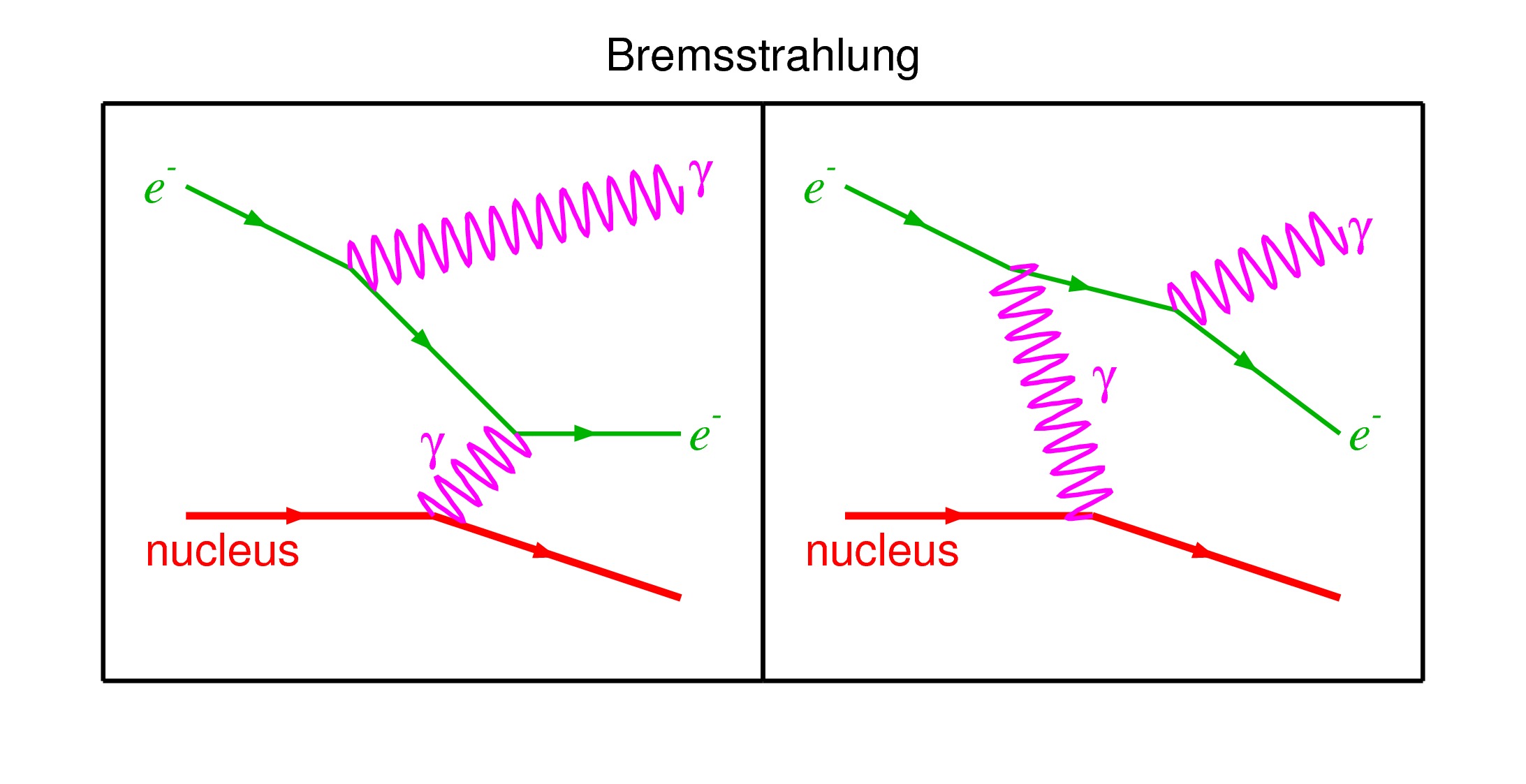One recalls that there is no explanation for the cause of the Lorentz force, the various Hall effects and the synchrotron radiation. At the latter effect, one has stated that photons are emitted at the deflection of the electrons. That these energy losses also occur with the other mentioned effects is less present, however. Even without experimental proof of the occurring radiation in all these phenomena, there is a theoretical reason and an experimental observation, which speak for the fact that this radiation occurs.
Particles with kinetic energy are deflected by a magnetic field although the theory says that the external magnetic field cannot do any work. (Incidentally, this is empirically confirmed by the fact that when a permanent magnet is used, its field does not weaken with time). What then is the effect of the deflection?
If one experiments with particles in the vacuum, then one sees that the deflection does not take place in a circular path but a spiral. The particle loses its kinetic energy and comes to a standstill in the centre of the spiral. What causes the deceleration?
I propagate already for a long time a model, where the deflection of a moving charge in a magnetic field takes place exactly by the radiation of photons (here and here and here).
In short, the spin of the electron is aligned by the external magnetic field and thereby emits a photon. Since the photon has a moment, the electron is deflected sideways and at the same time, its spin is de-aligned again. This process continues as long as the electron still has kinetic energy.
By the way, this model assumes that the synchrotron radiation does not radiate exactly tangentially, but deviates from the tangent to the outside.


